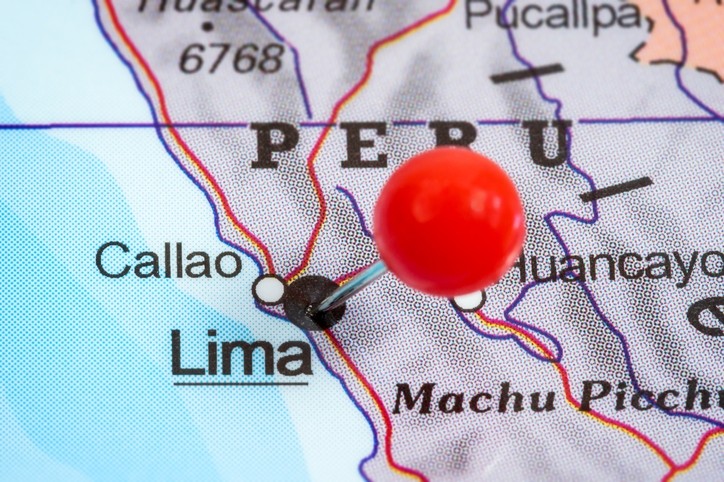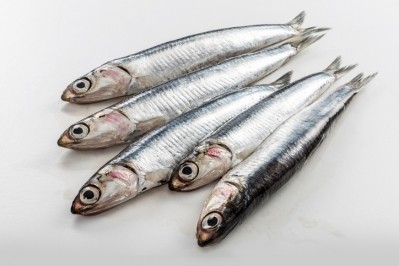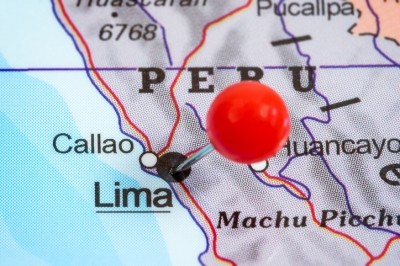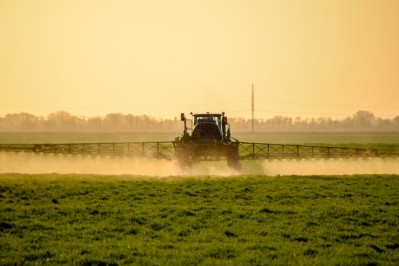USDA sees a return to 'normal' levels
Fishmeal production expected to jump in Peru

Although the US is not the main supplier of soybean for Peru, imports from the US increased by almost 50% in 2016/17, said the US Department of Agriculture in a Foreign Agriculture Service (FAS) attaché report released Monday.
Fishmeal production is expected to see an 11% increase for the 2017/18 market year (MY), the attaché said. Overall production is forecast to be 730,000 metric tons.
However, the current increase in generation of the feed ingredient does not mean an end to the challenges faced by the industry going forward, the department said.
“Peru is attempting to better regulate its domestic fishing industry,” said the department. “Overfishing in previous years has adversely affected Peruvian anchovy stocks.”
Fishmeal, oil production
Although production of fishmeal is expected to increase for the 2017/18 marketing year compared to the previous year, overfishing and management of fish stocks continue to present questions for future production, said the attache.
“This increase is, in reality, a return to normal levels since fishmeal production in MY 2016/2017 fell 12% compared to the previous year,” he said. Also in that year price per metric ton fell about 5% to $1,572 per metric ton.
The drop in production for 2016/17 stemmed from a reduced anchovy catch and large number of young fish, he said. Permitted fishing seasons also were shortened.
The catch quotas have been reduced in recent years in an ongoing effort to protect and rebuild stocks, said the attaché. However, the efforts have not been successful so far with much of the concern reportedly being generated by actions of small-scale/artisanal fishing vessels.
“The small-scale/artisanal vessel catch is supposedly intended for low cost, direct human consumption,” he said. “But despite the government’s efforts, most of this catch is channeled illicitly to more profitable fishmeal processing. Troubling for the long-term health of this fishery is that poorly regulated smallscale/artisanal vessels normally operate where the bulk of anchovy spawning occurs and juveniles congregate.”
Peru is the largest producer of fishmeal globally, and generates about 16% of the world’s supply, said the USDA. Fishmeal exports for the marketing year are expected to be about 725,000 metric tons, a bump of 13% from the previous year.
China continues to be the country’s primary market for the marine protein meal product, said the department.
Fish oil production for the coming year is predicted to rise to 135,000 metric tons from the amount generated in 2016/17, said the USDA. In 2016/17 the country produced about 98,000 metric tons.
Oil production amount varies with water temperature, and the extraction rate is about 8% to 10% in normal conditions, but it can drop to 1% in warm water years, said the department.
“The ongoing coastal El Niño weather phenomenon is bringing warmer waters to Peru’s shores during the second half of CY 2016,” the department said. “The warmer water results in lower oil extraction rates because of the fishes’ higher metabolism reducing stored fat.”
In the previous marketing year, fish oil exports reached 94,993 metric tons, said the USDA. About 65% of the oil was purchased by Denmark, Canada, the US and Belgium – Peru’s largest markets for fish oil.
Soybean meal trade and use
The expectation is for soybean meal imports to increase to 1.23m metric tons in the marketing year 2017/18, said the attaché. The rise in import amount for the feed ingredient is about 1% compared to the previous year.
“With a 52% import market share, low-cost producer Bolivia remains Peru’s main supplier of soybean meal despite higher shipping costs than those offered by US exporters,” he said. “US soybean meal exports to Peru increased 45% in MY 2016/2017.”
Of the 262,834 metric tons of soybean imported in 2016/17 to use in the production of full-fat meal for animal feed, 145,494 metric tons came from the US, the department said. “The strong market for US corn explains this increase since importers are able combine vessel shipments of corn with soybeans,” it added.
The country continues not to grow soybeans in “commercially significant quantities,” and it does not generate soybean meal, reported the USDA. “Peru’s limited soybean crushing capabilities are dedicated solely to producing full fat soybean meal for feed purposes,” it added.
The amount of meal imported is dictated predominately by the country’s poultry industry, said the department. Broiler production uses a diet that derives about 12% of the ration from soybean meal.
Poultry is an affordable protein, and about 55m birds are eaten a month, the department said.













